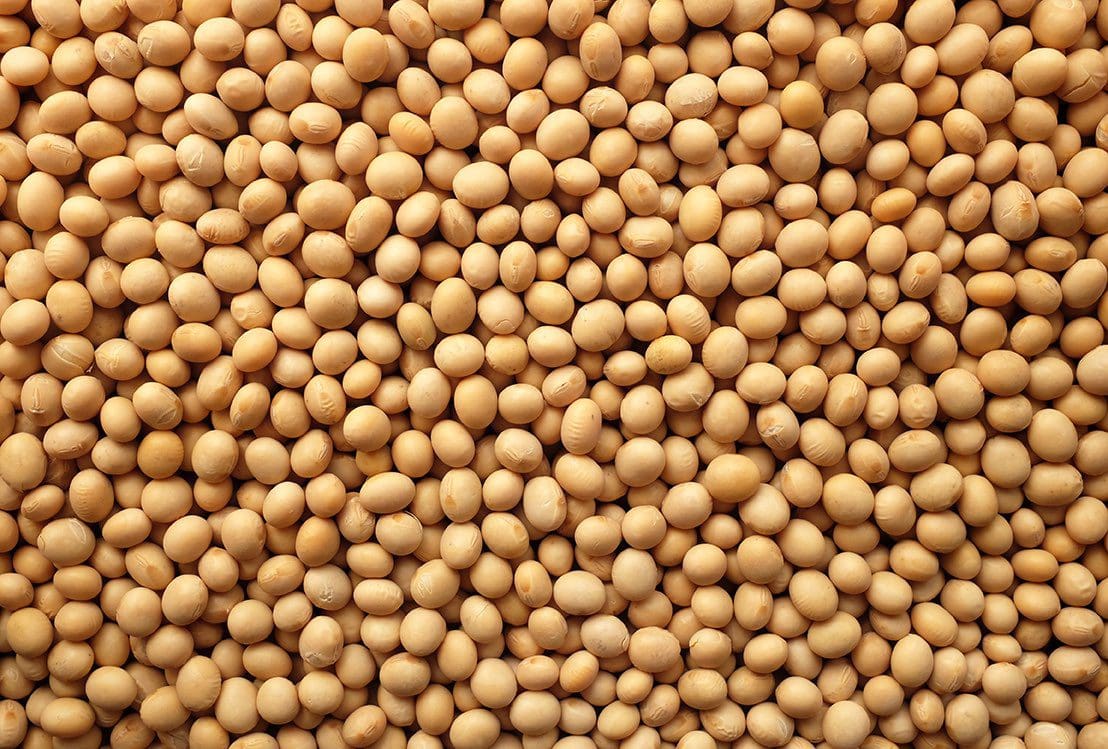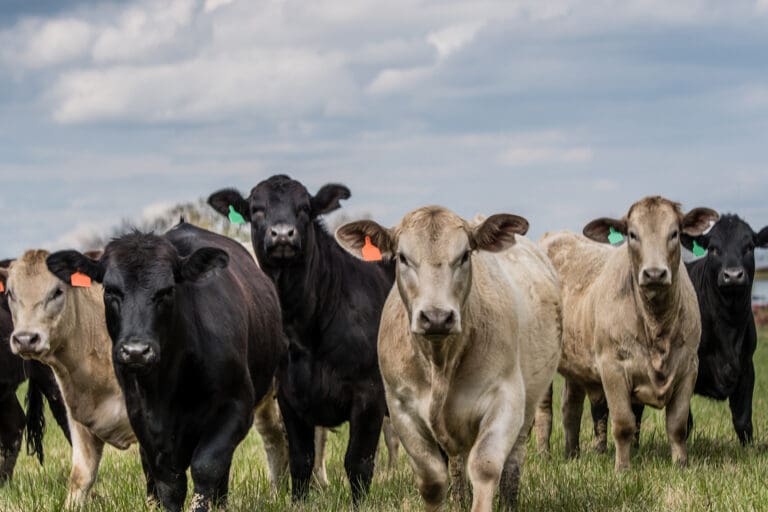Roquette has announced the launch of NUTRALYS Fava S900M fava bean protein isolates in Europe and North America. This is the latest addition, and the first protein isolate derived from fava bean in Roquette’s NUTRALYS® plant protein range. The isolate delivers 90% protein content across various applications including meat alternatives, dairy substitutes, and baked goods. The ingredient has been developed to broaden the spectrum of alternative protein options available to food manufacturers and meet the demand for sustainable, nutritious, and indulgent plant-based foods. Its high protein concentration allows for low usage ratios, making it an attractive option for food brands looking to optimize formulations and cost-in-use. Roquette also noted that the ingredient is versatile and has high gel strength, viscosity control, and stability under varying conditions. The flexibility of the isolate makes it ideally suitable for non-dairy products like ready-to-drink beverages and yogurt, as well as meat substitutes for chicken or fish.
Meanwhile, Ingredion has launched a new pea protein to maintain softness throughout shelf life in cold-pressed bars. The ingredient, VITESSENCE Pea 100 HD, provides preferred texture and sensory attributes and adds nutritional value to boost consumer preference. According to Ingredion, consumers are eating protein bars on more occasions, with taste and texture being a major driver of which products shoppers are choosing. Other ingredient options for these products like soy or whey have been noted to pose a challenge when it comes to achieving a soft and smooth texture in the end-product.
Sources tell Expana that while consumer demand has fallen below expectations in the plant protein market, innovation has started to increase after a holding pattern for nearly two years. Companies are beginning to launch new product offerings to improve the taste, quality and texture of products. The goal of these improvements to formulations is to entice consumers to purchase these products that tend to be more costly than their traditional protein counterparts.
Want to dig into further insights? Discover more on our insights page.


